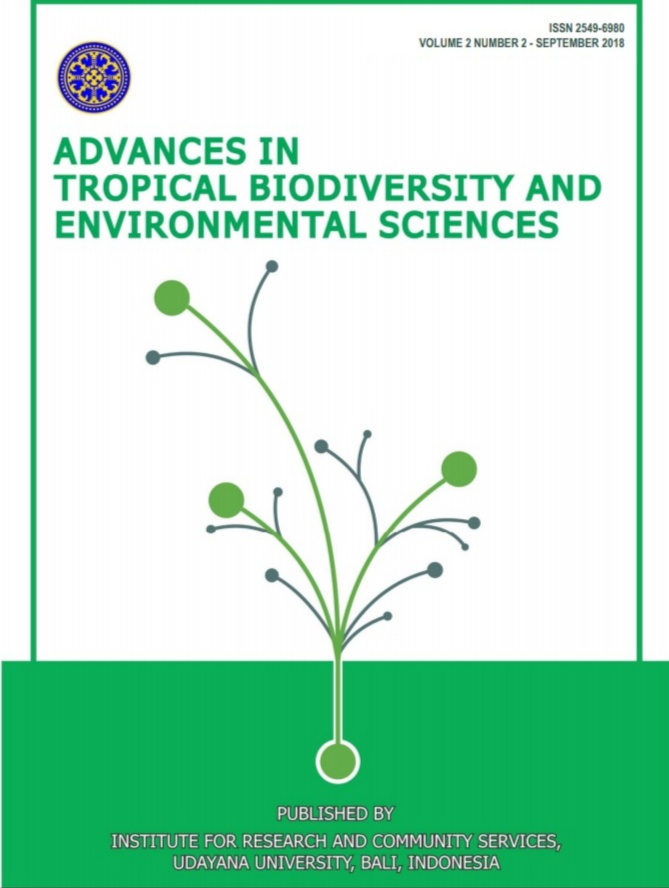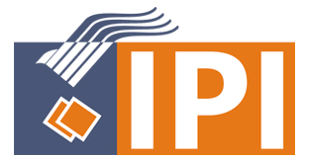Invertebrates Diversity of Merta Segara and Nyangnyang Beach: Comparison Study of Two Beaches with Different Characteristics
Abstract
The diversity of intertidal invertebrates in Bali was believed to be affected by human activities, due to high rate of development in tourism industry. In order to reveal the real natural invertebrate diversity, it is necessary to investigate it at a kind of untouched beach of Bali. This study was perform by comparing invertebrate diversity (species richness, density, community structure) and human activity (Type, frequency) in Merta Segara Beach, as the beach with frequent human activities, and Nyangnyang Beach, as the beach with little human activities. Invertebrates sample were taken within intertidal zone using line transect-quadrate during low tide. Human activities were observed in the afternoon from March to April 2016. The result showed a significant different in density and community structure between both Merta Segara and Nyangnyang beach as the consequences of different substrate type of both beaches. Walking on substrate or trampling was believed to be the most influencing activity for invertebrate diversity, especially for Merta Segara Beach. Next, a thorough study must be performed to conclusively tie the human activity to the alteration of invertebrate diversity in a coastal area. The high diversity, density and abundance of intertidal invertebrate of Nyangnyang Beach has literally shown that how diverse the biodiversity could be if the beach were protected from overexploited by tourism visitation and activity.













